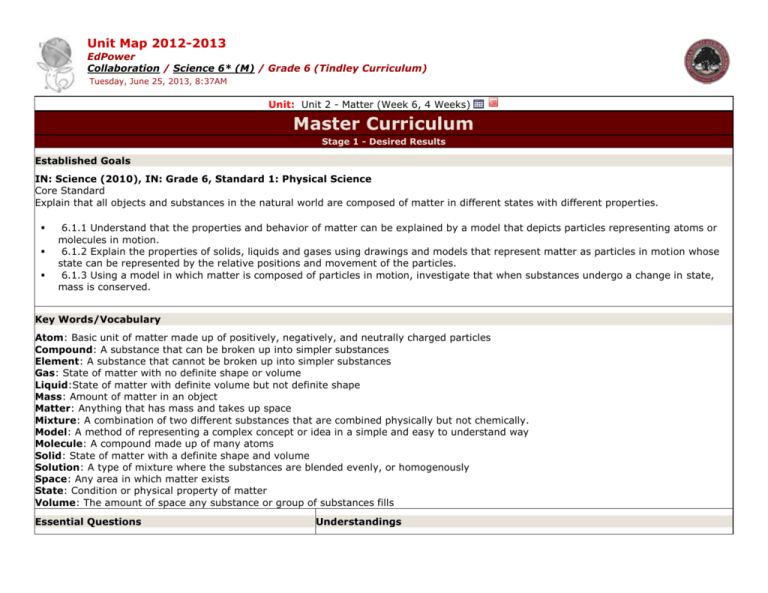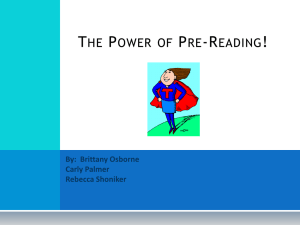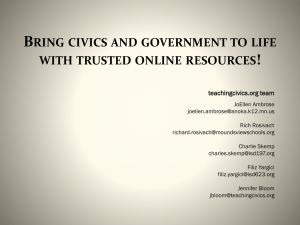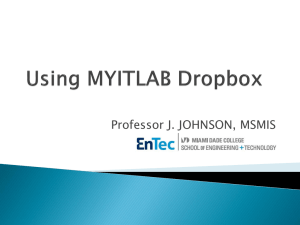
Unit Map 2012-2013
EdPower
Collaboration / Science 6* (M) / Grade 6 (Tindley Curriculum)
Tuesday, June 25, 2013, 8:37AM
Unit: Unit 2 - Matter (Week 6, 4 Weeks)
Master Curriculum
Stage 1 - Desired Results
Established Goals
IN: Science (2010), IN: Grade 6, Standard 1: Physical Science
Core Standard
Explain that all objects and substances in the natural world are composed of matter in different states with different properties.
6.1.1 Understand that the properties and behavior of matter can be explained by a model that depicts particles representing atoms or
molecules in motion.
6.1.2 Explain the properties of solids, liquids and gases using drawings and models that represent matter as particles in motion whose
state can be represented by the relative positions and movement of the particles.
6.1.3 Using a model in which matter is composed of particles in motion, investigate that when substances undergo a change in state,
mass is conserved.
Key Words/Vocabulary
Atom: Basic unit of matter made up of positively, negatively, and neutrally charged particles
Compound: A substance that can be broken up into simpler substances
Element: A substance that cannot be broken up into simpler substances
Gas: State of matter with no definite shape or volume
Liquid:State of matter with definite volume but not definite shape
Mass: Amount of matter in an object
Matter: Anything that has mass and takes up space
Mixture: A combination of two different substances that are combined physically but not chemically.
Model: A method of representing a complex concept or idea in a simple and easy to understand way
Molecule: A compound made up of many atoms
Solid: State of matter with a definite shape and volume
Solution: A type of mixture where the substances are blended evenly, or homogenously
Space: Any area in which matter exists
State: Condition or physical property of matter
Volume: The amount of space any substance or group of substances fills
Essential Questions
Understandings
How can properties of matter be used to identify
unknown substances?
Students will understand that atoms or molecules are represented in the form of
scientific models and are not absolute.
How are models similar and different to the items they
represent?
Students will understand that solids, liquids, and gases can be presented in the form
of a drawing to show the space and position between particles.
Students will understand that matter can be found in the form of elements,
compounds, or mixtures.
Key Knowledge
Matter is anything that has mass and volume and
can be described and classified on the basis of its
properties.
Mass and volume of matter can be measured.
Matter is made up of particles in constant motion
and can change states when heat is gained or
lost.
Examples of matter in all three states: solid,
liquids, and gases.
Matter can be identified by its chemical and
physical properties.
Chemical and physical changes occur in matter,
which may change its properties.
Matter can be classified as elements, compounds,
or mixtures.
Density is a ratio of mass and volume.
Key Skills
Experiment with many properties of matter that can be measured, including
mass and volume.
Experiment with physical changes in matter including size, shape, and state,
with no different kinds of mater being formed.
Draw a model of matter in all three stages of solid, liquid, and gas in order to
describe the relative movement of particles.
Classify substances as elements, compounds, and mixtures.
Calculate the density of several objects by finding the mass and volume.
Demonstrate density by layering liquids of different density.
Stage 2 - Assessment Evidence
Evidence of Student Understanding
Quiz 2-1
Formative: Test: Common
Quiz 2-2
Formative: Test: Common
Test Unit 2
Summative: Test: Common
Quiz 2-1.docx
Quiz 2-2.docx
Quiz 2-2 ADAPTED.docx
Test Unit 2.docx
Test Unit 2 ADAPTED.docx
KEY Quiz 2-1.docx
KEY Quiz 2-2.docx
KEY Test Unit 2.docx
Experimental Record -- Template.docx
Experimental Record -- Rubric.docx
Test Study Guide.docx
KEY Test Study Guide.docx
Stage 3 - Learning Plan
Detailed Unit Plan
Science Unit 2 Plan -- Matter.docx
Science Unit 2 Calendar-Matter.doc
Lesson Plan
Learning Ladder
LL2-9 Should be moved to Unit 3, LL1. DO NOT TEACH LL-9!
Sci LL 2-1 Hey, What's the Matter-Matter, Mass, and Space.doc
KEY Sci LL 2-1 Hey, What's the
Matter--Matter, Mass, and Space.doc
Sci LL 2-2a The Atoms Family
Key Sci LL-2-2a The Atoms Family
SCI LL 2-2b Sweating the Small
Stuff -- Atoms, Molecules
KEY SCI LL 2-2b Sweating the
Small Stuff
Sci LL 2-3 Going Through a Phase-States of Matter.doc
KEY Sci LL 2-3 Going Through a
Phase--States of Matter.doc
Sci LL 2-4 It's Elementary-Elements and Compounds.doc
KEY Sci LL 2-4 It's Elementary-Elements and Compounds.doc
Sci LL 2-5 We Can Solve It-Solutions and Mixtures.doc
KEY Sci LL 2-5 We Can Solve It-Solutions and Mixtures.doc
Lab One.docx
Sci LL 2-6 Mad Props--Physical and
Chemical Properties.doc
KEY Sci LL 2-6 Mad Props--Physical
and Chemical Properties.doc
Sci LL 2-7 Pump Up the Volume-Density and Volume.docx
KEY Sci LL 2-7 Pump Up the
Volume--Density and Volume.docx
Sci LL 2-8 Ch-ch-changes--Physical
and Chemical Changes.doc
KEY Sci LL 2-8 Ch-ch-changes-Physical and Chemical Changes.doc
Lab Two.docx
SKIP Sci LL 2-9 -- Teach this
instead
SKIP Sci LL 2-9 -- Teach this
instead
Lab Three.docx
Test Study Guide.docx
KEY Test Study Guide.docx
Syllabi
Attach your syllabi with Links
Sept 24-Sept 28.doc
October 8-12-Prep.docx
September 24-28-Prep.docx
October 1-5-Prep.docx
Resources
Last Updated: Tuesday, June 11, 2013, 7:58AM
Atlas Version 7.2.6
© Rubicon International 2013. All rights reserved







